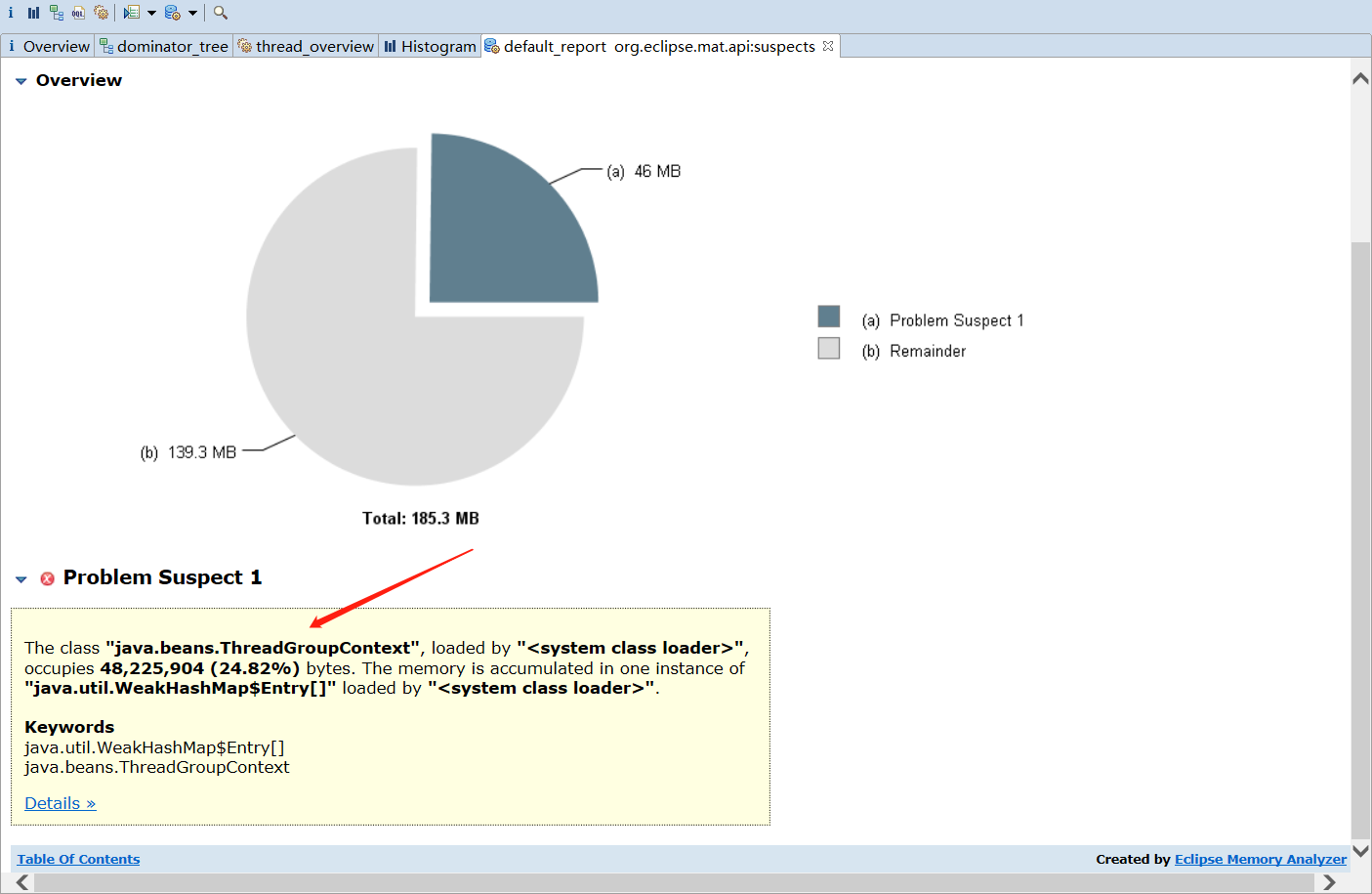Groovy被设计得非常轻量级,很容易迁入到任何Java应用系统。
你可以使用BSF将Groovy脚本嵌入任何Java代码中.但是Groovy提供了一个轻量级的紧密集成.下面是3种主要方法:
1.使用Shell调试脚本或表达式
在Groovy中你可以使用groovyshell对Groovy脚本和表达式进行调试.groovyshell允许你通过Binding对象传入或传出变量.
2.在Java中动态调用运行Groovy代码
你可以使用GroovyClassLoader将Groovy的类动态地载入到Java程序中并直接使用或运行它.
下面是一个例子:
Object[] args = {};
如果你想使用一个用Groovy脚本实现的接口,你可以这么使用它:
如果某个Groovy类实现口MyInterface接口,那么上面的代码就会很好的工作.myObject的使用方法与其他实现了MyInterface接口的Java对象一样.
3.Groovy脚本引擎
对于那些想将Groovy脚本嵌入到服务器并且在每次修改后重新装入的人来说,Groovy脚本引擎提供了一个彻底的解决方案.你可以设定系列CLAsspATH作为根来初始化Groovy脚本引擎,这些GLAsspATH可以是URL也可以是目录名.接着你就可以这些根路径下的任何Groovy脚本了.GSE会跟踪脚本间的依赖关系,因此如果任何有依赖关系的脚本被修改,整颗树将会重新编译和载入.
另外,每次执行脚本时,你都可以传入一个包含脚本可接受属性的Binding.脚本执行完以后,传入脚本中的那些属性在Binding中依然有效.下面是一个例子:
/my/groovy/script/path/hello.groovy:
String[] roots = new String[] { " /my/groovy/script/path " };
将打印 "Hello,world!". 4.运行时依赖 和JDK1.4一样,Groovy Jar也依赖与ASM库上的运行时,ASM库包括4个Jar(asm-2.1.jar,asm-util-2.1.jar,asm-attrs-2.1.jar and asm-analysis-2.1). 也就是说,只要将上面的5个Jar添加到路径中,你就能将轻松地Groovy嵌入到你的应用里. 另一种方案可以不用那么多的Jar.你可以用GROOVY_HOME/embeddable目录下的groovy-all-1.0-beta-x.jar.这个jar包将Groovy和ASM组合打包成一个方便的jar包.注意:groovy-all-1.0-beta-x.jar中的ASM类使用了不同的命名空间,因此要避免与使用ASM的库发生冲突.
你可以使用BSF将Groovy脚本嵌入任何Java代码中.但是Groovy提供了一个轻量级的紧密集成.下面是3种主要方法:
1.使用Shell调试脚本或表达式
在Groovy中你可以使用groovyshell对Groovy脚本和表达式进行调试.groovyshell允许你通过Binding对象传入或传出变量.








2.在Java中动态调用运行Groovy代码
你可以使用GroovyClassLoader将Groovy的类动态地载入到Java程序中并直接使用或运行它.
下面是一个例子:






Object[] args = {};










3.Groovy脚本引擎
对于那些想将Groovy脚本嵌入到服务器并且在每次修改后重新装入的人来说,Groovy脚本引擎提供了一个彻底的解决方案.你可以设定系列CLAsspATH作为根来初始化Groovy脚本引擎,这些GLAsspATH可以是URL也可以是目录名.接着你就可以这些根路径下的任何Groovy脚本了.GSE会跟踪脚本间的依赖关系,因此如果任何有依赖关系的脚本被修改,整颗树将会重新编译和载入.
另外,每次执行脚本时,你都可以传入一个包含脚本可接受属性的Binding.脚本执行完以后,传入脚本中的那些属性在Binding中依然有效.下面是一个例子:
/my/groovy/script/path/hello.groovy:





String[] roots = new String[] { " /my/groovy/script/path " };






